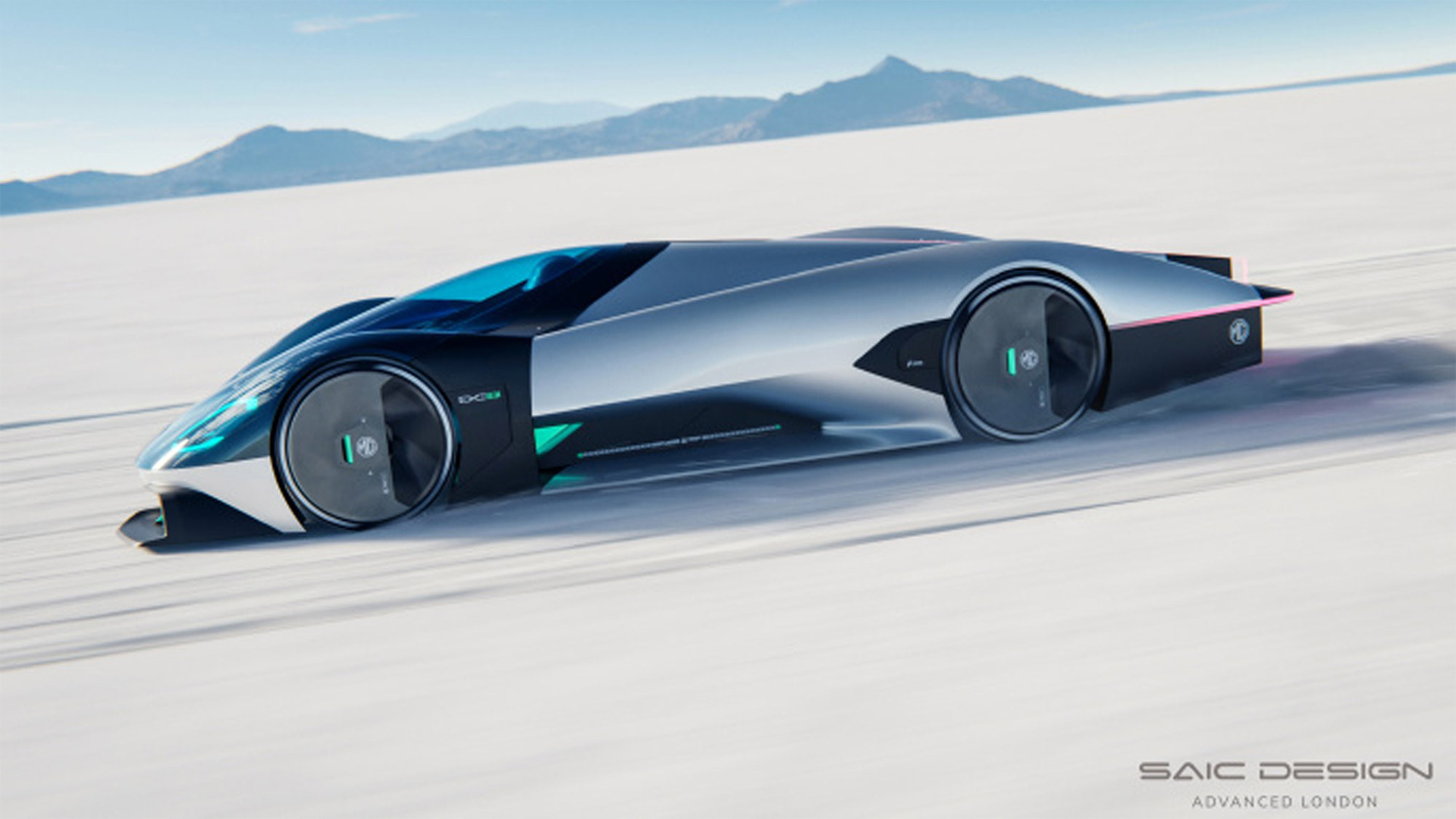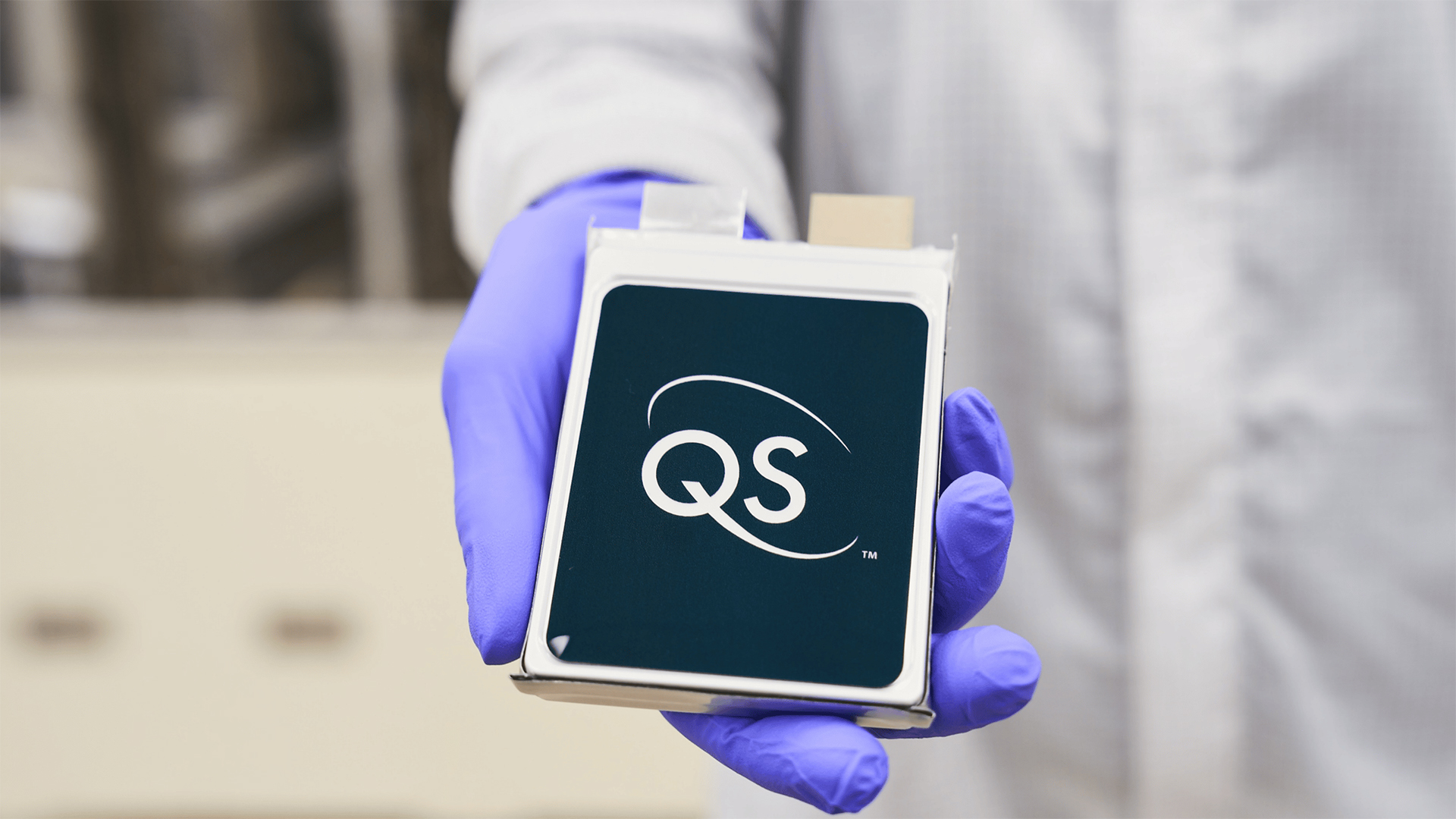The executive vice president of SAIC, MG’s parent company, stated that the automaker will begin introducing solid state battery (SSB) technology into its line-up as early as next year.
Speaking at the Chengdu motor show last week, Yu Jingmin discussed a new solid state battery technology that has been developed in-house and is planned to be introduced to numerous upcoming EV models from SAIC brands, including premium offering IM and the more affordable Wuling volume brands in China.
If successful, the introduction of SSBs will occur a full 12 months before the company’s original timelines, putting MG, as well as the other previously mentioned brands, well ahead of the competition.
Toyota, for example, has previously said that it hopes to bring similar technology to market by 2028, while Volkswagen has partnered with US research company QuantumScape. The pair have said they have reached an agreement to industrialize the technology, but no actual timelines have been set.

Unfortunately, Yu Jingmin didn’t provide any details about battery specifics, but sister company IM Motor has already revealed its new L6 Saloon, which uses an early example of the company’s solid-state battery research.
In this case, IM Motors claims its tech has double the energy density of current lithium-iron-phosphate batteries, which means the manufacturer has been able to stuff the L6 with a 133kWh battery pack without impeding interior space or causing the overall curb weight to sky-rocket.
The result is a car that can achieve a 673-mile range on China’s Light-Duty Vehicle Test Cycle (CLTC) and can add a staggering 249-mile range in just 12 minutes from a high-powered rapid charger outlet.
Despite the lack of official details of MG’s chemical makeup, it is highly likely to follow a similar pattern to those used by IM Motor. The introduction of the technology across the wider SAIC portfolio means the company can benefit from economies of scale and help keep the sticker price of its surprisingly affordable MG models low.
What is solid state battery technology?

The current generation of lithium-ion batteries, including those that use a lithium-iron-phosphate chemistry, use liquid electrolytes between their electrodes.
Although the technology has become ubiquitous among modern EVs, it has its limitations. Chiefly, energy density is relatively poor, the battery packs are heavy, and that liquid electrolyte is relatively volatile and can, in some cases, lead to fires and explosions.
A solid-state battery contains a solid lithium metal anode and a solid ceramic electrolyte, so there’s no need for a volatile liquid electrolyte. This equates to a battery pack that offers greater energy density, reducing the overall weight of an electric vehicle and leading to much greater efficiencies.
Solid state batteries are also claimed to be much safer, as they have much higher thermal stability and can tolerate more extreme temperature ranges. This, in turn, allows them to charge at much faster rates, which is a bonus for EV owners sick of hanging around at charging stations.
But it isn’t all plain sailing. Both researchers and the automakers funding this stuff have found that producing solid-state battery tech is complicated and expensive. They also rely on even more lithium than their LFP counterparts, which isn’t great for the planet or a company’s bottom line.
What’s more, many researchers have found that the biggest roadblock is the potential longevity of these new packs. To get very technical, lots of rapid charging can lead to a build-up of dendrites on the lithium electrode.
Like plaque on teeth, this build-up can eventually cause the system to short-circuit and eventually kill the battery.
To make matters worse, there is limited understanding of how to recycle SSBs, meaning a lot of research and funding has to be poured into this area if we want to avoid a pile-up of dead batteries in five to ten years.
You Might Also Like…
https://cdn.mos.cms.futurecdn.net/KyuXRaRfLwwG4E7sXVvC4B-1200-80.jpg
Source link




